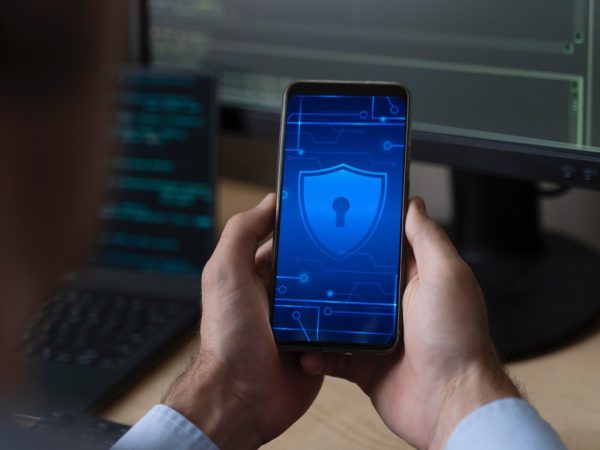Fact Finding Techniques Exposed: 10 Powerful Tools to Uncover the Truth

In today’s information age, the ability to discern fact from fiction is crucial. Whether you’re a journalist, researcher, or simply someone seeking reliable information, mastering Fact Finding Techniques is essential. In this article, we’ll explore 10 powerful tools that can help you uncover the truth in a sea of data and misinformation.
The Power of Observation: Enhancing Fact Finding Techniques
Observation is a fundamental skill in fact-finding. By keenly observing your surroundings, behaviour, and interactions, you can gather valuable insights that may lead you to the truth. Pay attention to details, body language, and inconsistencies, as they can often reveal more than words alone.
Conducting Effective Interviews: A Crucial Component of Fact Finding Techniques
Interviews are invaluable for gathering firsthand information from sources. Whether you’re interviewing eyewitnesses, experts, or stakeholders, effective questioning techniques are essential. Prepare thoughtful questions, actively listen to responses, and follow up with probing inquiries to uncover deeper insights.
Leveraging Public Records: Strengthening Fact Finding Techniques
Public records provide a treasure trove of information for fact-finders. From government databases to court records, these sources offer a wealth of data that can corroborate or refute claims. By knowing where to look and how to interpret the information, you can uncover hidden truths that may otherwise remain obscured.
Harnessing the Power of Data Analysis: Fact Finding Techniques in Action
Data analysis is a powerful tool for uncovering patterns, trends, and correlations within large datasets. Whether you’re analyzing financial records, survey results, or social media data, statistical techniques can help you identify significant findings and separate fact from fiction.
Utilizing Digital Forensics: Integrating Technology into Fact Finding Techniques
In an increasingly digital world, digital forensics plays a vital role in fact-finding investigations. Whether it’s examining electronic devices, recovering deleted files, or tracing online activities, digital forensics experts employ specialized tools and techniques to uncover digital evidence that can shed light on the truth.
Exploring Open Source Intelligence (OSINT): Broadening Fact Finding Techniques
Open Source Intelligence (OSINT) involves gathering information from publicly available sources such as social media, news articles, and online databases. By aggregating and analysing this information, OSINT practitioners can uncover valuable insights and verify claims made by individuals or organisations.
Verifying Information with Fact-Checking Tools: Fact Finding Techniques in the Digital Age
Fact-checking tools and websites play a crucial role in verifying the accuracy of information circulating online. From Snopes to FactCheck.org, these platforms employ rigorous fact-checking methodologies to assess the credibility of claims and debunk false or misleading information.
Understanding Cognitive Biases: Overcoming Challenges in Fact Finding Techniques
Cognitive biases can distort our perception of reality and lead us astray in our fact-finding efforts. By understanding common biases such as confirmation bias, availability bias, and anchoring bias, you can mitigate their influence and approach information with a more critical and objective mindset.
Employing Critical Thinking Skills: Strengthening Fact Finding Techniques
Critical thinking is essential for evaluating information and drawing well-reasoned conclusions. By questioning assumptions, examining evidence, and considering alternative perspectives, you can strengthen your fact-finding capabilities and arrive at more accurate interpretations of reality.
Conclusion
In a world inundated with information, the ability to uncover the truth is paramount. By harnessing the power of observation, interviews, public records, data analysis, digital forensics, OSINT, fact-checking tools, understanding cognitive biases, and employing critical thinking skills, you can empower yourself to navigate the information landscape with confidence and discernment.
FAQs
1. How can I improve my observation skills?
Improving observation skills takes practice. Start by paying attention to details in your everyday surroundings and gradually challenge yourself to notice more subtle cues and patterns.
2. What are some common sources of public records?
Common sources of public records include government databases, court records, property records, and vital statistics repositories.
3. How can I spot misinformation on social media?
Look for red flags such as sensationalist language, unverified claims, and suspicious sources. Cross-reference information with reputable sources and fact-checking websites to verify its accuracy.
4. How do I overcome confirmation bias in my research?
Overcoming confirmation bias requires consciously seeking out information that challenges your preconceived notions and being open to revising your beliefs based on new evidence.
5. What role does critical thinking play in fact-finding?
Critical thinking involves evaluating information objectively, questioning assumptions, and considering alternative explanations. It’s essential for discerning fact from fiction and arriving at well-founded conclusions.
Also read: FYI ALL EPISODES ANSWERS REVEALED: 10 ESSENTIAL SOLUTIONS











